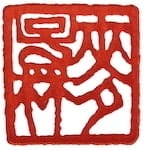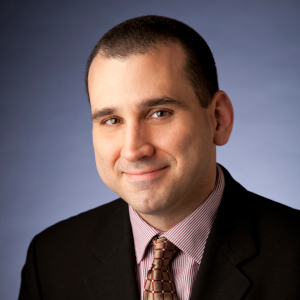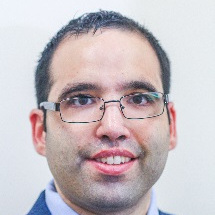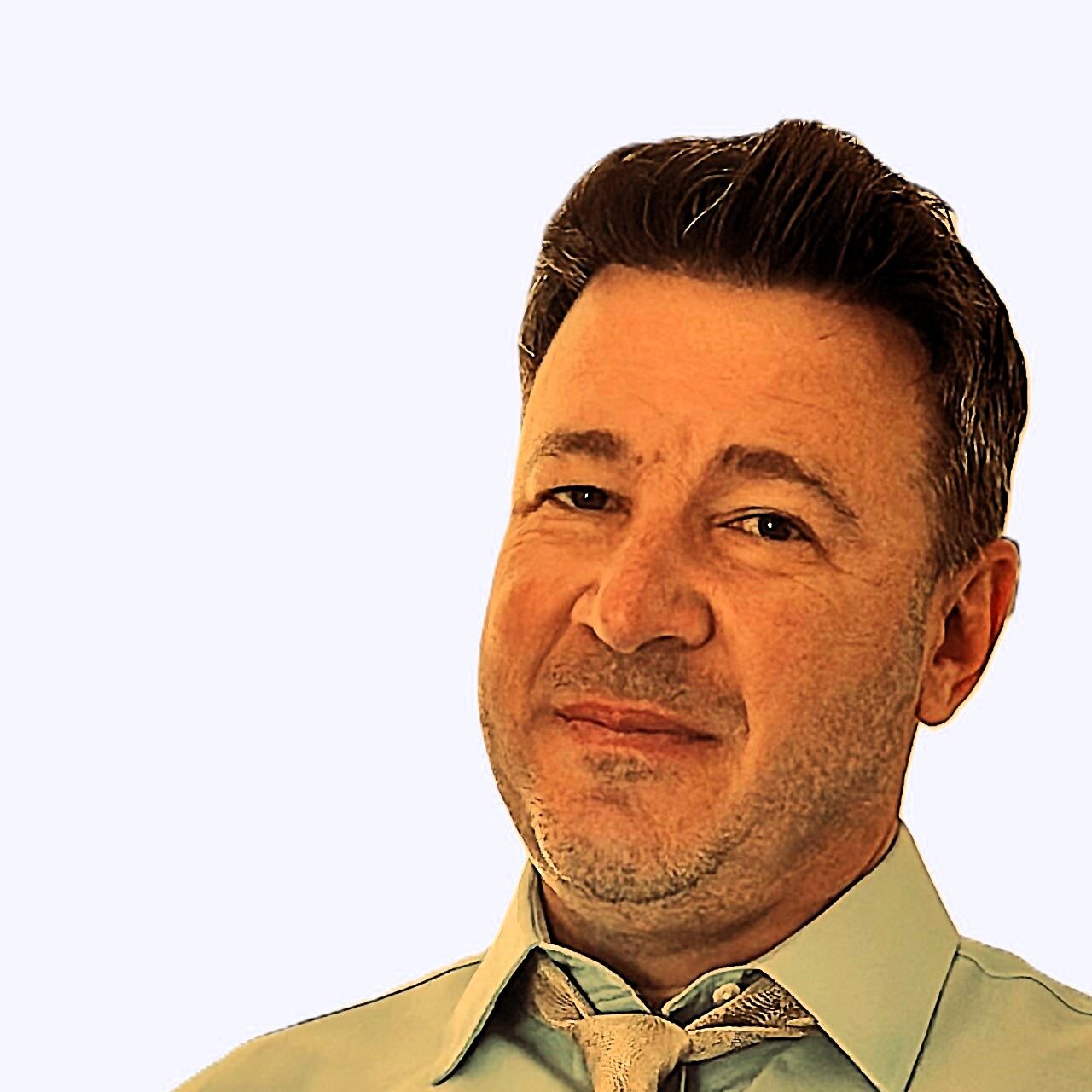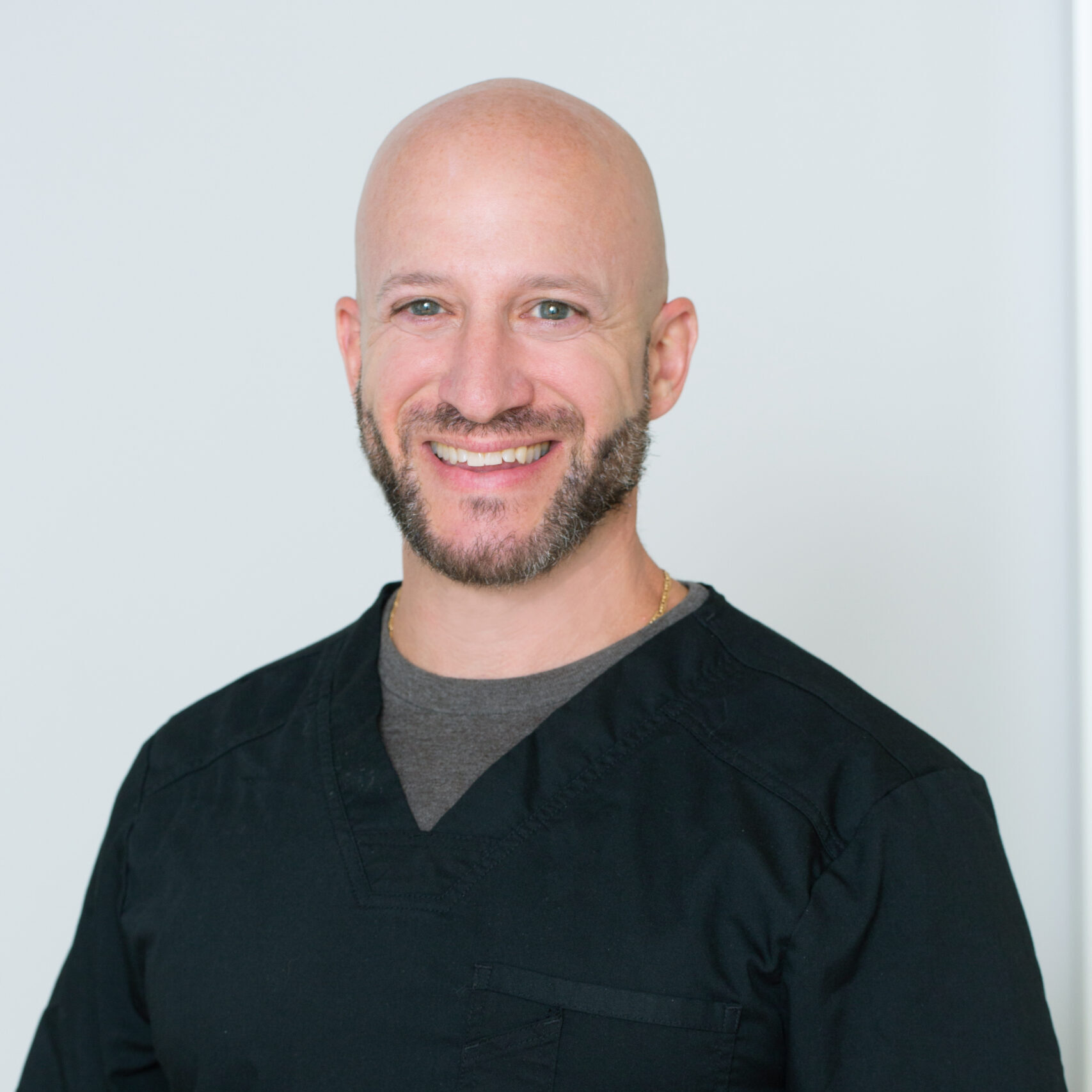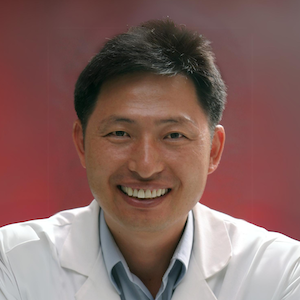Hi Sharon
I get it that there are cyclical and periodic processes.
I'm trying to wrap my head around "when the time arrives." I'm not sure what that means in a clinical sense. From your talk and my review of the PDF page 58, there is the statement that the Six Qi always arrive on time. Again, I'm not sure what that means in a clinical setting. How would I perceive that happening in a patient?
There is also the idea of Form Qi moving through the phases. And sorry if I'm missing something basic here. But I'm not sure what Form Qi means in this context. I can make some guesses, but I'd like to hear from you what you're noticing, or paying attention to when you're considering Form Qi.
Can you help me understand this with an example from your practice. Maybe that will help me to ground these concepts in something I can grasp.
thanks
Hi Michael,
"The six Qi always arrive on time" means that the circulation of the movements of Heaven, stars, sun, moon, rotation of the earth is never late or early. It is constant and steady. The six Qi are generated by these movements. So, that which is early or late is my body. The sun sets but I can't follow it and go to sleep is an example. But that is a symptom. What we are talking about being early or late are the five phases, which are phases only form has. What fails to match up when the 6 Qi (through the 12 earthly branches) and 5 phases (10 heavenly stems) is me, my body. It's not heaven's timing.
How would I perceive that happening in a patient?
We perceive that through the emptiness or fullness in the channels. If my body is too slow for time, a channel will be empty. If my body is too fast for time, a channel will be full. We diagnose using the method Toby taught us and any other diagnostic methods we use.
But I'm not sure what Form Qi means in this context.
Form Qi is our body and our physical Zang. The 6 Qi create and maintain our Form/body. So, if form Qi is excess, which is too slow for time, the gate to the channel closes, and the channel becomes deficient. According to the Ling Shu 5 then, when Spleen Zang is excess, which means it is sluggish and too slow for time, the gate to the channel is gummed up and so, the Spleen channel becomes deficient - so we supplement.
Can you help me understand this with an example from your practice?
A patient has a blocked fallopian tube with fluid in it. It has enlarged like a cyst and is now causing R side low back pain and lower abdominal fullness. She has been sexually frustrated by being in love with someone who is unavailable. Her pulse was fast, which told me that the problem was that Form Qi was going to fast, filling her channel with excess. In this case, it was Kidney Zang/form deficiency, which was failing to close the gate to the Kidney channel properly; hence, the channel was excess. I could also palpate the puffiness around the lower Kidney channel. I drained Kidney, which slows the wheel down and closes the gate to reduce the pouring in of the Shaoyin heat/life force/sexuality. I could have supplemented SI (which I did at the next session), but with the fast pulse relative to the breath, I knew draining would be better.
Does that help?
Nothing in what I was teaching changes how we diagnose or treat. It really just provides the classical textual background as to the mechanism of what we are doing and grounds it in the root texts. It answers, "why is Saam so powerful?" and "What is a root treatment?" and "What is the mechanism that makes Saam work?"
Thanks Sharon, I'm going to need to think about this a bit. I appreciate the explanation. Now to get my mental framework to integrate it.
